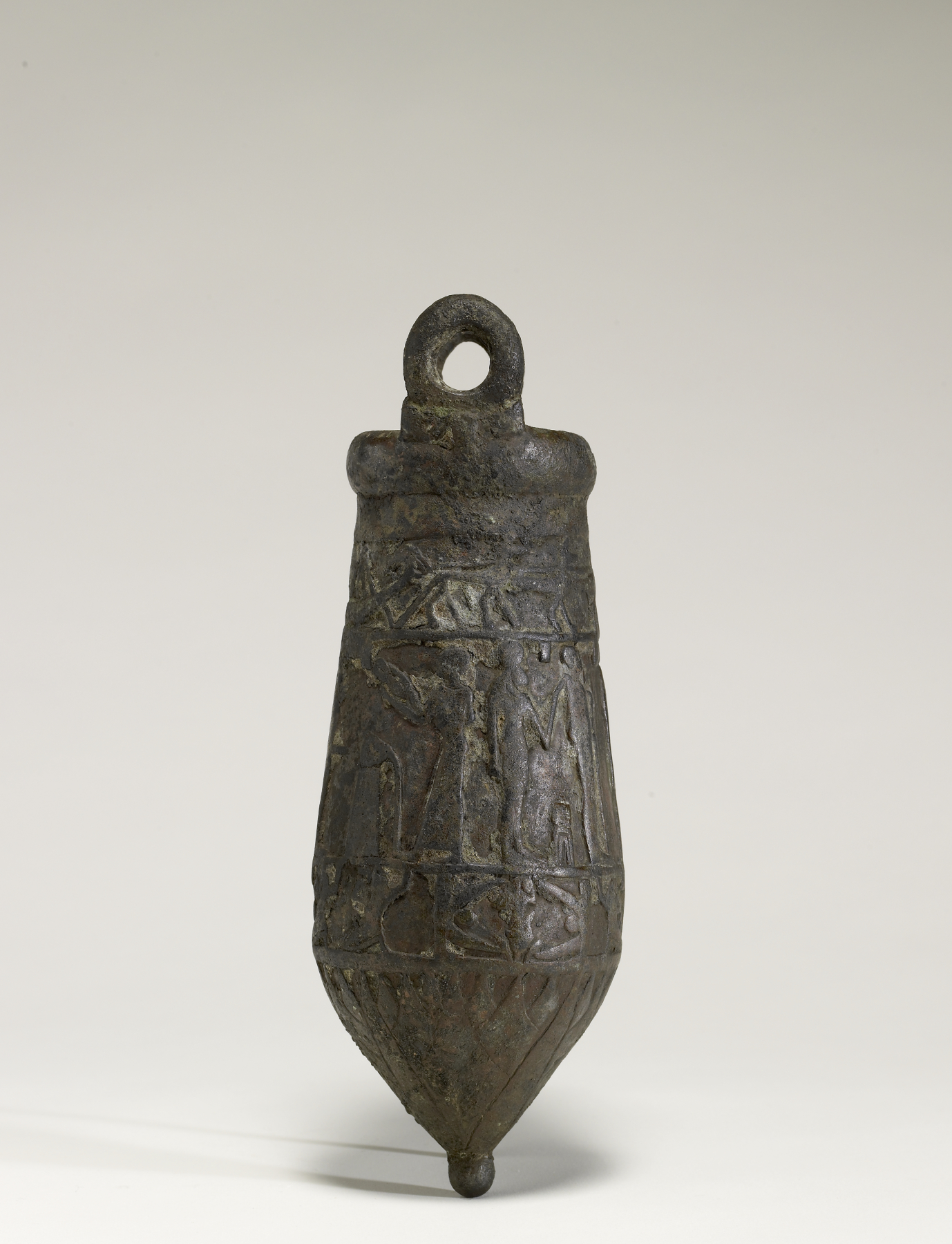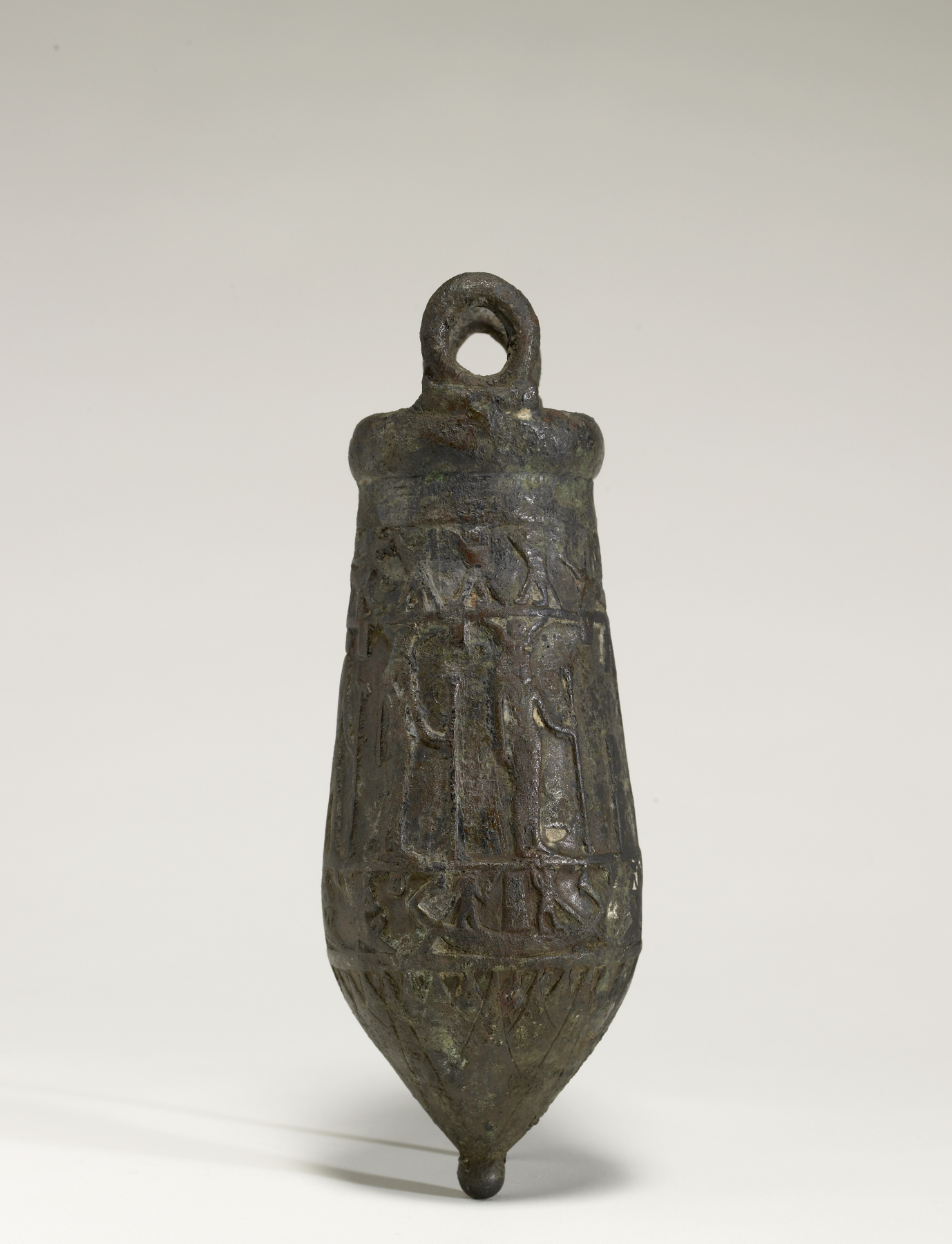Situla with Procession of Divinities and Worshippers
(Ancient Egypt and Nubia )
Situlae were vessels used to pour offerings of milk or water in purification rituals. They take the form of a human breast and were associated with the goddess Isis. Incense burners were also used extensively in temple and funerary ceremonies. Incense, considered a purifying element, was offered to honor the gods, kings, and the dead.
This situla is decorated in raised relief. The central frieze depicts a series of striding deities and worshipers. The base features a lotus petal motif, a symbol of rebirth.
Provenance
Provenance (from the French provenir, 'to come from/forth') is the chronology of the ownership, custody, or location of a historical object. Learn more about provenance at the Walters.
Henry Walters, Baltimore, [date of acquisition unknown], by purchase; Walters Art Museum, 1931, by bequest.
Exhibitions
| 2013-2014 | Egypt’s Mysterious Book of the Faiyum. The Walters Art Museum, Baltimore. |
Conservation
| Date | Description | Narrative |
|---|---|---|
| Examination | Examined | |
| Examination | Examined in preparation for exhibition. |
Geographies
Egypt (Place of Origin)
Measurements
H: 8 1/8 x W: 2 7/8 in. (20.6 x 7.3 cm)
Credit Line
Acquired by Henry Walters
Location in Museum
Accession Number
In libraries, galleries, museums, and archives, an accession number is a unique identifier assigned to each object in the collection.
In libraries, galleries, museums, and archives, an accession number is a unique identifier assigned to each object in the collection.
54.1208








